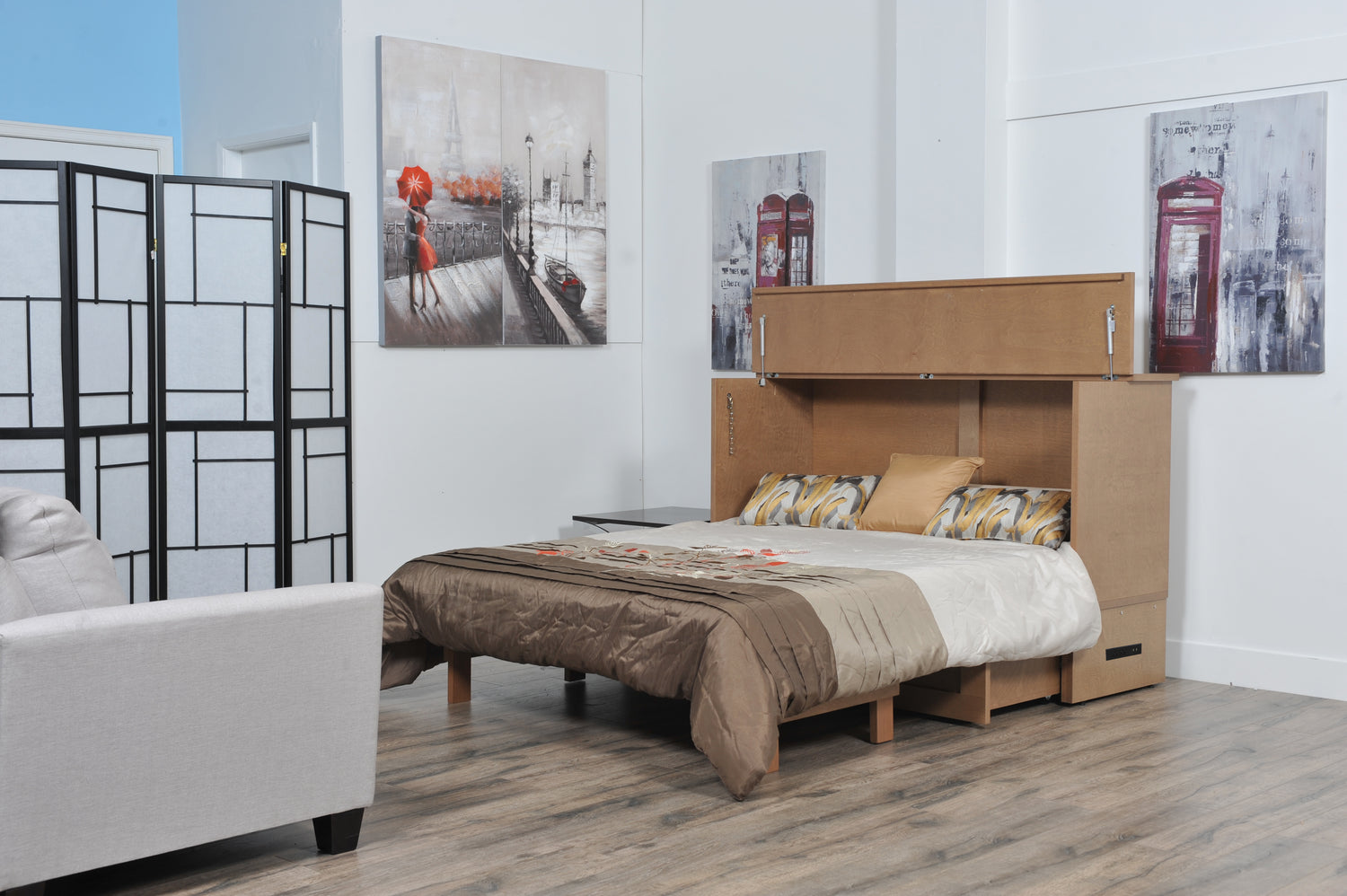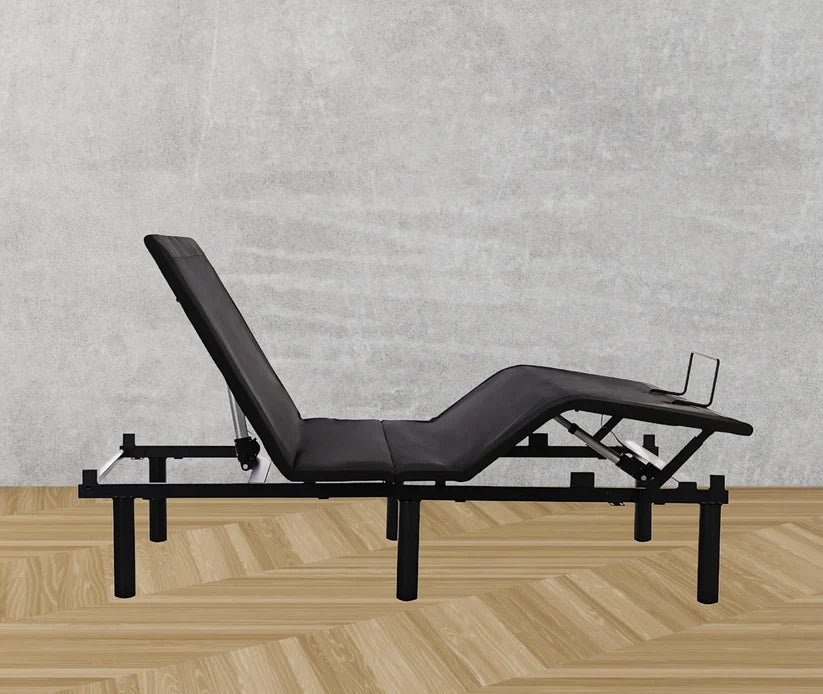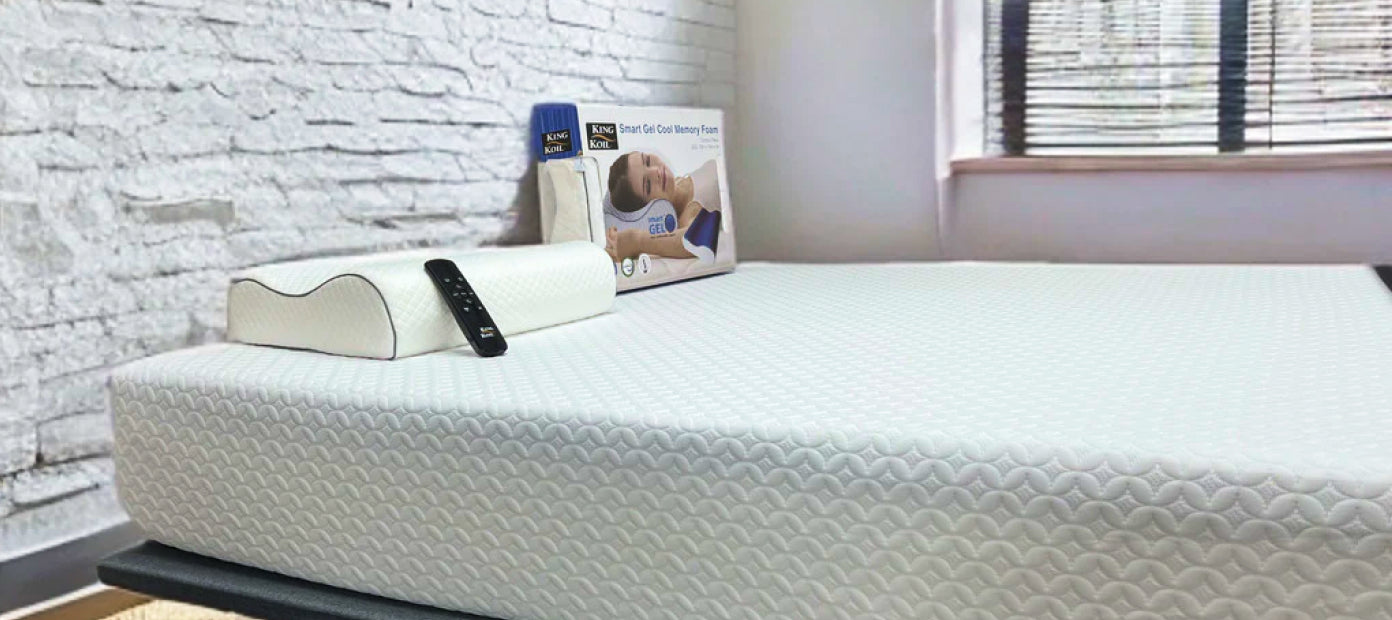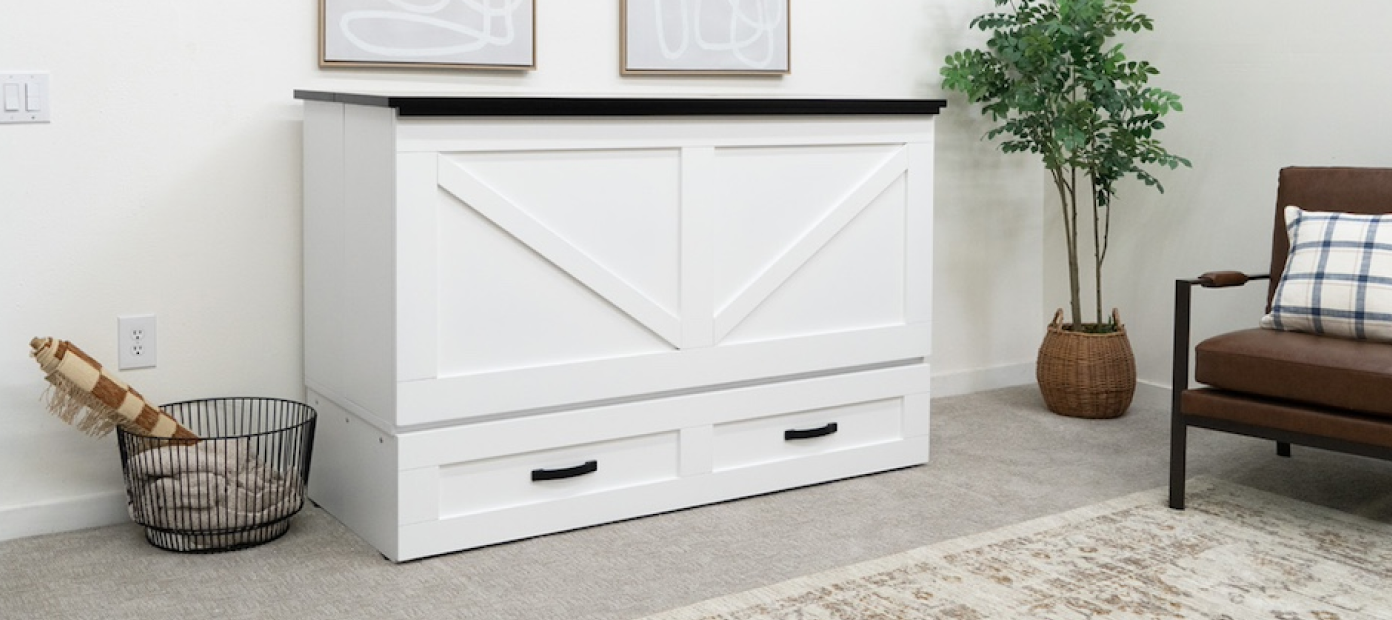At the end of a long day, it can be tempting to binge watch your favourite television show until you’re snoozing the night away, but it will only harm your sleep quality in the long run. To help you fall asleep faster and stay asleep longer, we’ve put together our tips for creating the ideal environment for rest and relaxation. Before you know it, your bedroom will be the perfect sleep sanctuary!
#1 – KEEP IT COOL
It may be more comfortable to have a snug, warm room to fall asleep in, but turning the temperature down before going to bed is more beneficial than most people may think. A cooler temperature not only promotes a deeper, better sleep, but it also reaps many health benefits. This includes lessening the risk of metabolic disease, and an increase in the production of melatonin, which has anti-aging properties. Additionally, this tip aides tension and sleep apnea.
#2 – SLEEP SOUNDLY
It’s important to create a quiet environment and minimize disturbances in order to rest well throughout the night. Try using a sleep timer on your television, silencing your phone, and purchasing a pair of custom-formed earplugs. If your partner snores, encouraging them to sleep on their side instead of their back can help reduce the frequency and severity. Additionally, white noise can be beneficial for drowning out factors you can’t control, such as street traffic or your neighbour’s barking dog. Playing subtle music on a low volume or turning on a fan can create white noise to help you stay sound asleep.
#3 – BLACK IS THE NEW BLACK
We’ve evolved to sleep during the night when it’s dark outside. Light influences our biological clocks, otherwise known as our circadian rhythm, so it’s best to make your sleep environment as dark as possible using thick curtains or blackout blinds. In fact, our bodies begin melatonin production when light starts to dim. This hormone helps us feel sleepy and tell us that it’s time to get to bed, so it’s crucial to allow it to work naturally. If you find yourself awakening periodically, it may be comforting to use a dim nightlight instead of further disrupting your sleep by turning on a light switch. It’s not always possible to control the lighting in your sleep environment, but fortunately eye masks are a great way to get some shuteye whether you’re on an airplane, staying in a hotel room, or unable to create a dark enough environment in your own bedroom.
#4 – GIVE IT A REST
With light affecting your sleeping pattern, it’s also crucial to limit your exposure to electronic devices before bedtime. Turn off your phone, laptop, or television (or at least set them to nighttime mode) to prevent their bright lighting from affecting your biological clock. It will also help your body prepare for sleep by allowing your mind to rest and escape the stress that comes along with emails, phone calls, and text messages.
#5 – SLEEP IS IN THE AIR
Relaxation is key when it comes to falling asleep. Fortunately, there are numerous aromatherapy products available to help you feel calm and at ease. Lavender is particularly good for relaxation. It comes in the form of bath oils, bed linen sprays, herbal tea, and candles – just be sure to blow out your candles before falling asleep. However, do try to avoid stimulating scents before bedtime, such as peppermint, cypress, rosemary, grapefruit, and lemon.
#6 – BEAUTY SLEEP
Room decor is often overlooked when it comes to sleep quality, but it has been demonstrated that wall colour can have a significant impact on your ability to rest and relax. Researchers found that soothing tones such as muted blue, moss green, and even pale yellow are good choices for your bedroom walls. On the other hand, it’s beneficial to avoid bright colours that stimulate your senses, such as red and orange.
#7 – SLEEPING ON CLOUD NINE
By following our tips, you’ll be able to set up a relaxing environment to help you sleep better throughout the night. However, it doesn’t stop there. It’s important to ensure your mattress and pillows are in good condition and suitable to your personal sleeping needs. We recommend replacing your mattress every 5 to 7 years, and 2 to 3 years for pillows. If you’re finding that it’s time to take the step to upgrade your sleeping set up, our Sleep Quiz can help you learn more about which products will work best for you.






Leave a Comment
Your email address will not be published. Required fields are marked * Comments must be approved before they are published.